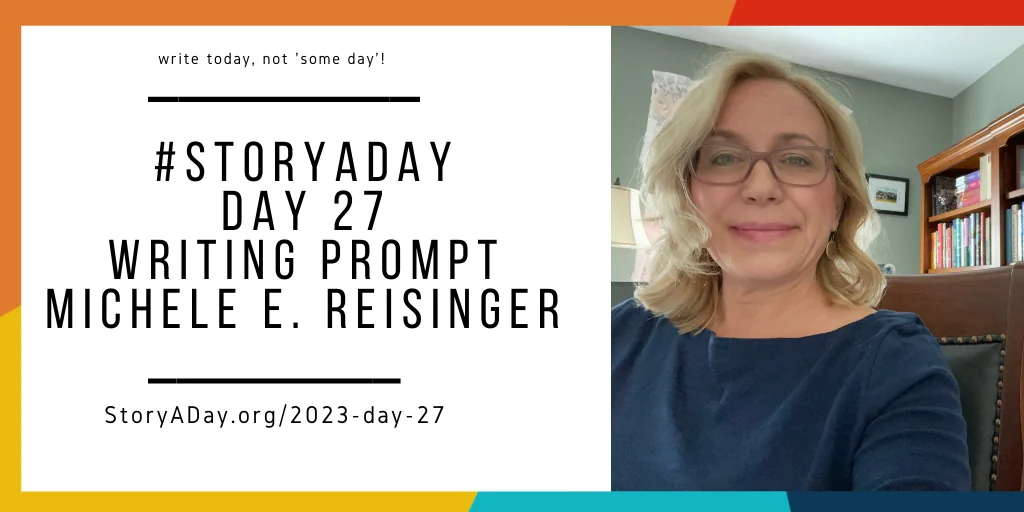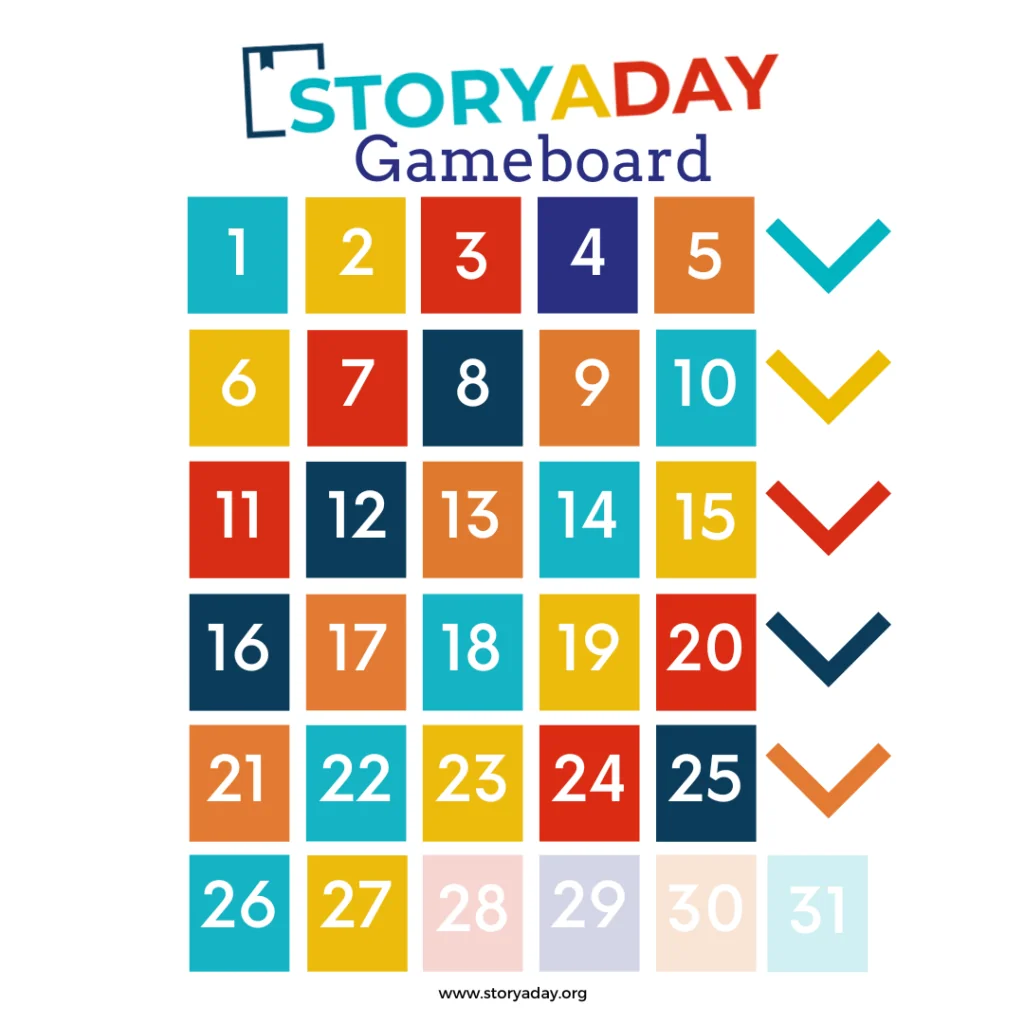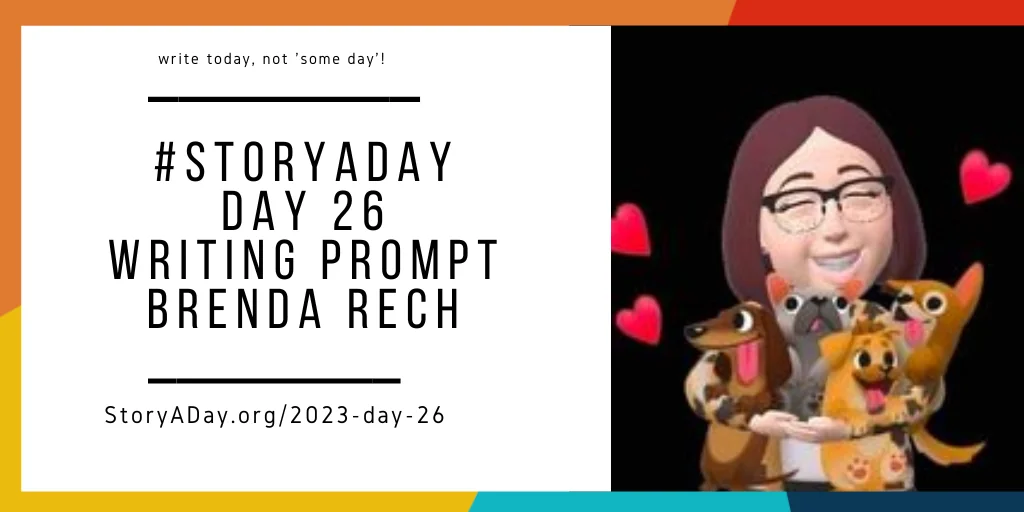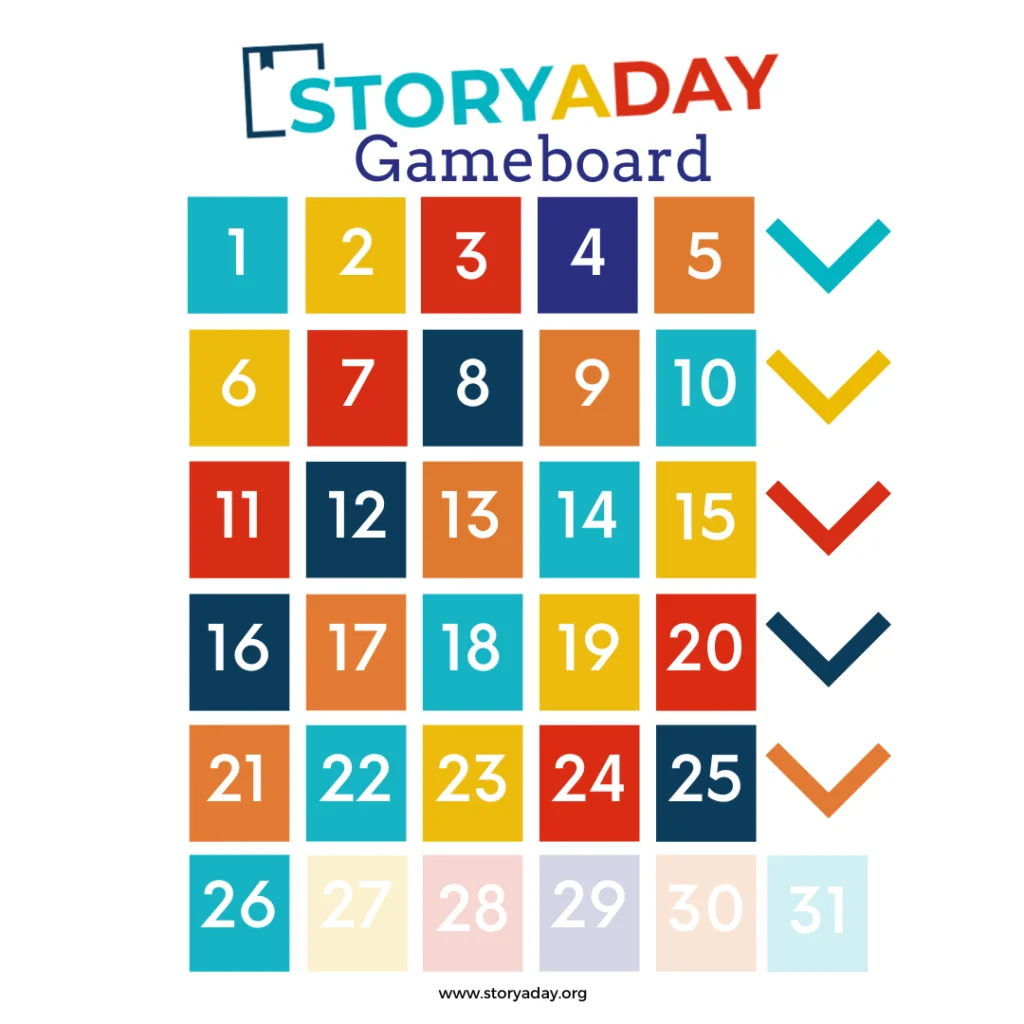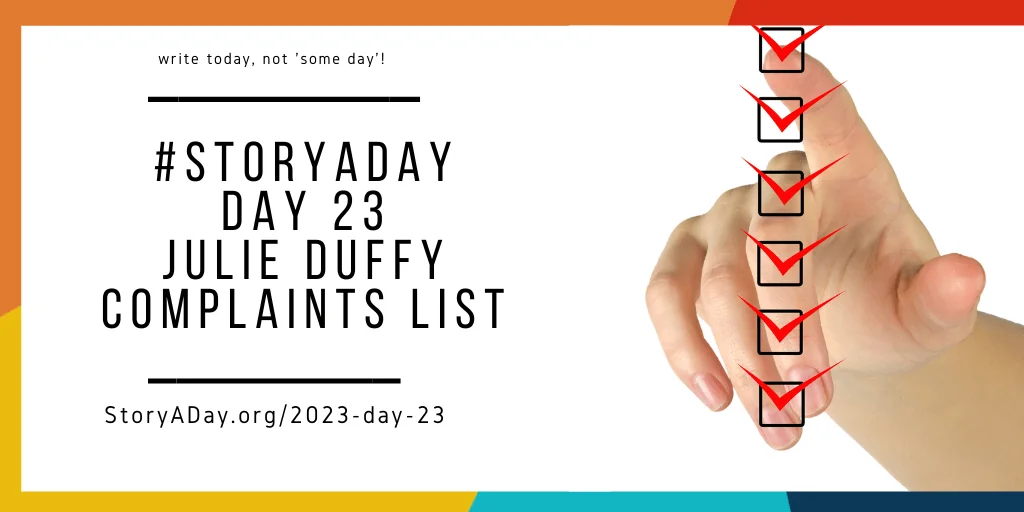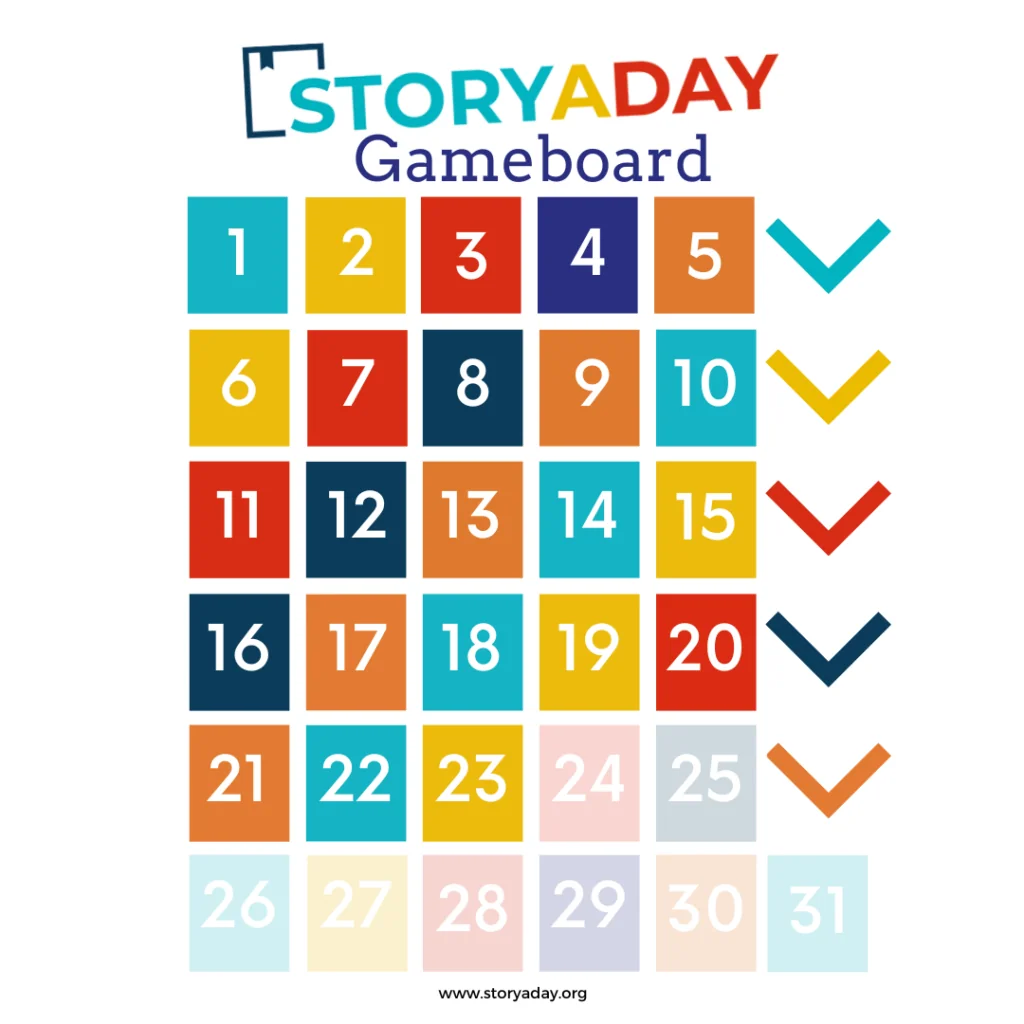The Prompt
Write a short story describing your character’s inner reactions/emotions/thoughts to outside events entirely through body description.
Use this ending for your short story. “After he signed the papers, he stood up slower than usual. He almost limped away from the desk and into the corridor.
No, that’s not it.
His head hung to the left a bit, his whole torso’s weight shifted to the right leg for longer than the left one, as if was lugging around a log of wood attached to his left calf. His left knee didn’t bend. His arms, usually swinging, hung limp.”
Steve Maxwell, a fitness instructor, says: “People’s bodies are exactly what their thoughts are.”
Including the body’s reactions to outside situations is a great way to develop depth in characters. It creates a more immediate connection with readers (since they can absorb a lot of implicit information through such descriptions) and makes your writing more effective with just a few details!
How can we show defeat (like in the ending shared above) or anger or love or excitement/fear through body reactions of characters?
Enjoy!
Neha Mediratta
Neha is a generalist currently obsessed with stretching, mind-body-world connection and the spirit’s dwelling place. She writes fiction, non-fiction, takes on editing assignments she enjoys and works with people she admires. She lives by a lake in an overcrowded coastal city with her family and some wildlife. Check out her writing here
Join the discussion: what will you do with today’s prompt OR how did it go? Need support? Post here!
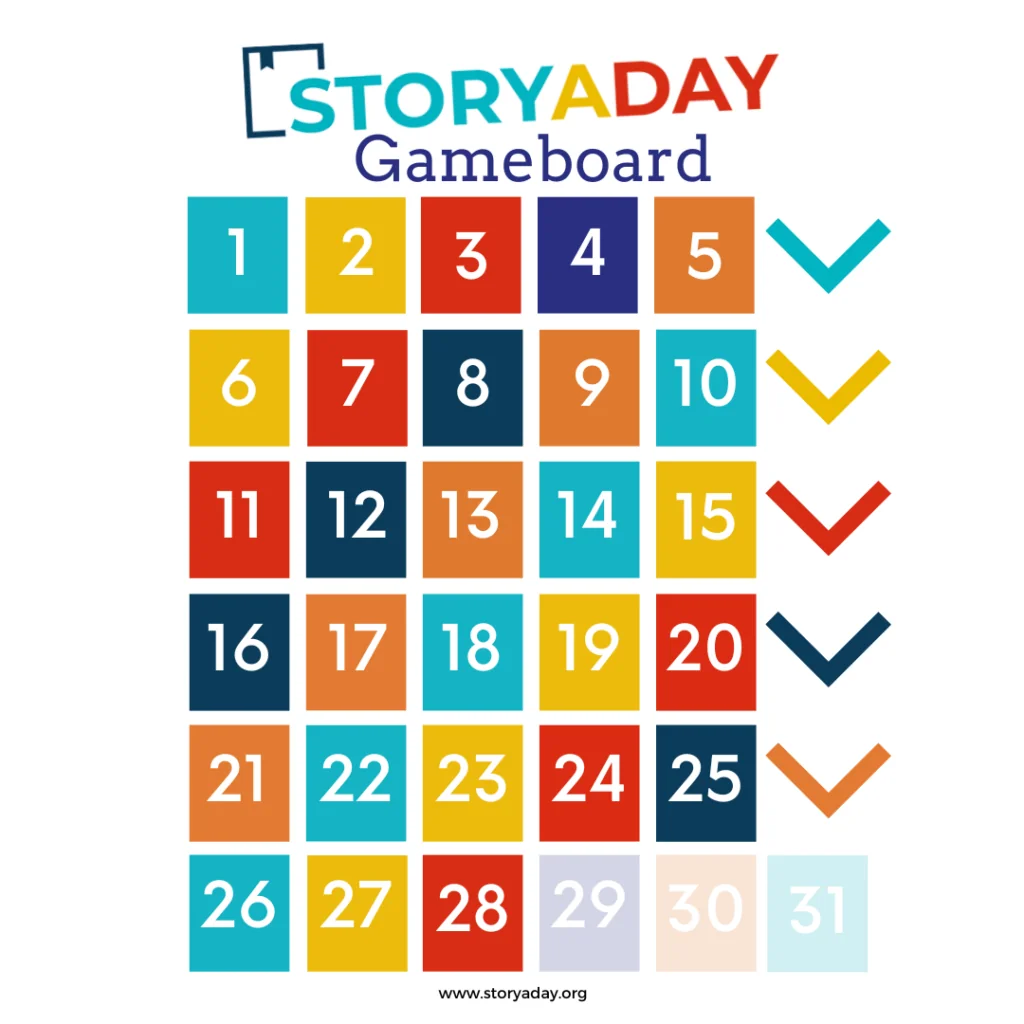
Here’s your next Game Piece. save the image and share on social media with #storyaday
Prefer paper crafts? Here’s the cut & paste version


